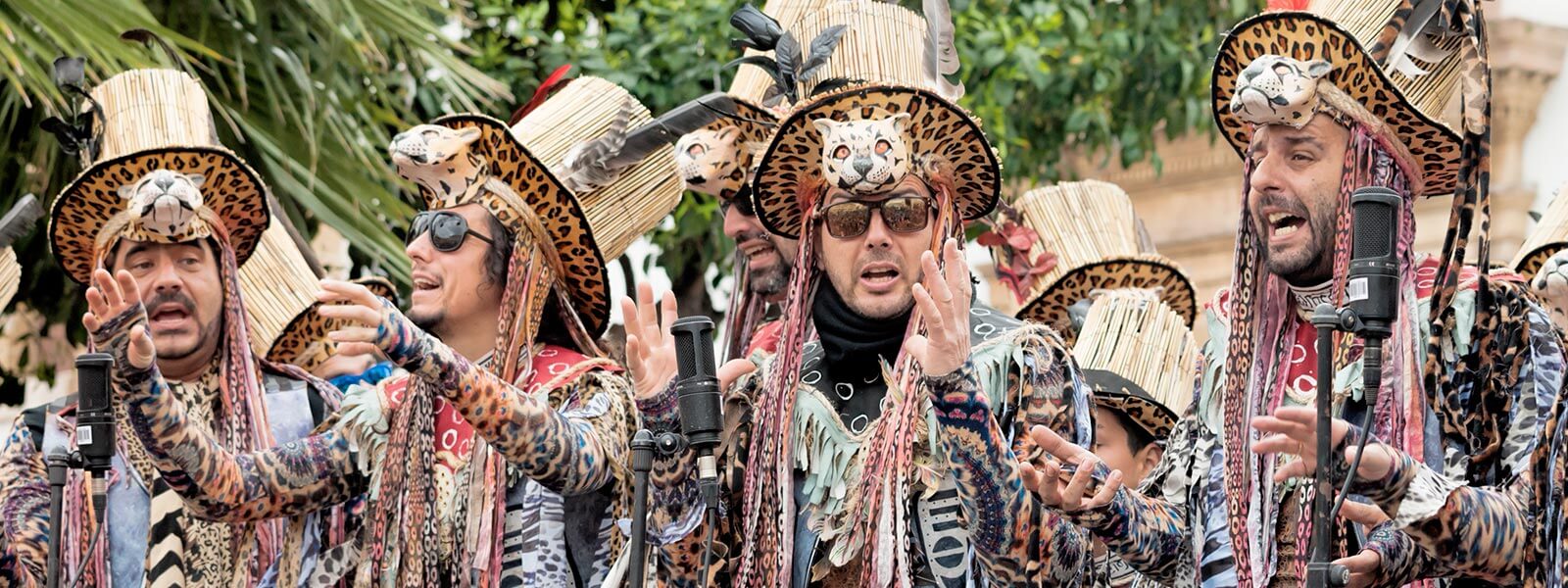
It is one of the most well known fiestas in Spain and the most important festival in Valencia: Las Fallas.
As you all know, the festival lasts over several days, finishing up with the impressive burning of the fun, brightly colored and enormous-sized figures, or ninots as they are known. Therefore, we’re not going to tell you what Las Fallas is, but rather tell you where the festival originated.
Beginning with the name. “Falla” in medieval Valencian means “torch”. Las fallas at one time, many years past was nothing more than the old torches that were placed in the watch towers that defended the city. However, in Llibre dels feits (a book written between the 13th and 14th centuries), a story is told of King Jaime I’s men who would carry torches in order to light him. Continuing on from there, these torches were also used for illuminating fiestas, which is why the name “falla” ended up being used as the name synonymous with the celebration.
A legend goes that the carpenters would hold a fiesta on their patron saint day – San José on March 19th and they would burn wood chips in the doorways of their workshops to celebrate the winter arriving to its end. For this they would use a lamp called a “parot”. Over time the carpenters tried to outdo one another, adorning their bonfires and even dressing the parot as a person or client who had been particularly annoying to them throughout the year. This custom has continued to evolve and every year the montages seen are more complicated and spectacular than before.
There are also those who say that Las Fallas comes from a far simpler origin – a variation of other popular festivals in which effigies would be thrown into the fire for representing an unpopular person such as a demon or the personification of the winter season. In the Valencian community these festivals can still be found, such as the El vell i la vella in Picassent and Llíria or the Parot de Mitja Cuaresma in Castalla.
None of these theories has ever been proven due to a lack of historical documentation. The first written documentation of Las Fallas dates back to 1784. Interestingly, it is noted in the city transcripts by the authorities, that it is prohibited to burn “fallas” in the streets of the city and instead must place them in areas of sufficient space.
Be what may their origin, you have to remember that Las Fallas has been celebrated for over 200 years… and there is still plenty of wood left to be burnt.
-
 Christmas decorations in Spain How are Christmas decorations in Spain? Look at this post and know the curiosities of Spanish houses and their traditions
Christmas decorations in Spain How are Christmas decorations in Spain? Look at this post and know the curiosities of Spanish houses and their traditions -
 Cadiz carnival: A brief history Discover the Carnival of Cádiz, the most popular party in the city of Andalusia, which has the funniest and most naughty songs you've never heard before.
Cadiz carnival: A brief history Discover the Carnival of Cádiz, the most popular party in the city of Andalusia, which has the funniest and most naughty songs you've never heard before. -
 How to construct a ‘falla’ Valencia celebrates its most popular party in style, that of ‘Las Fallas’. It is a celebration based on fire and fireworks. Discover this party
How to construct a ‘falla’ Valencia celebrates its most popular party in style, that of ‘Las Fallas’. It is a celebration based on fire and fireworks. Discover this party

